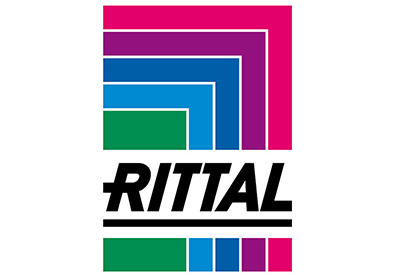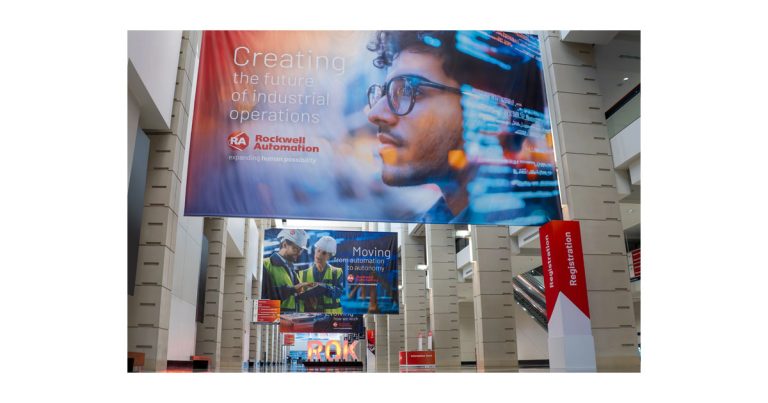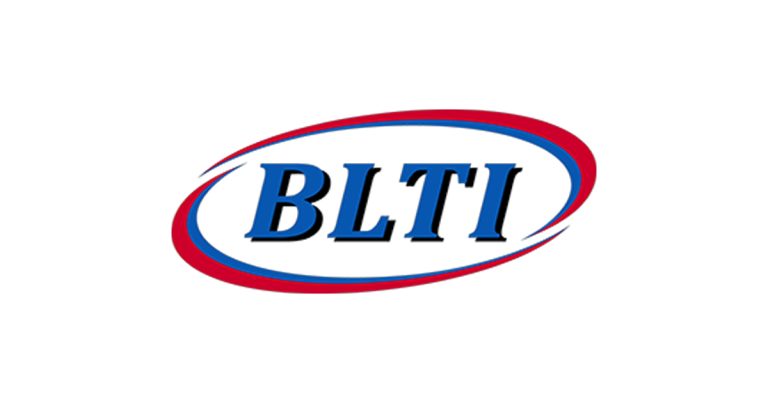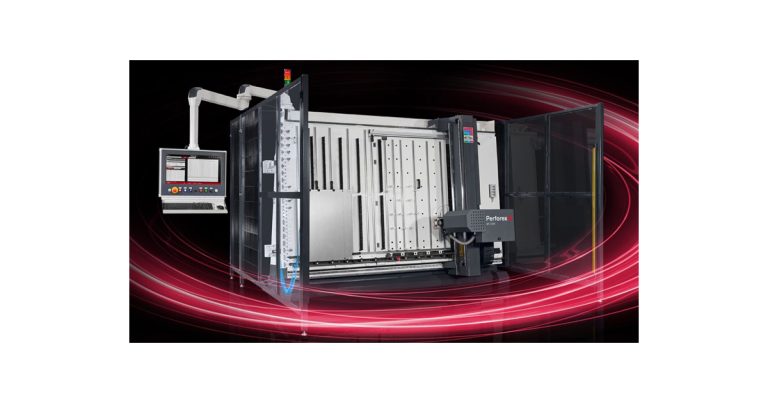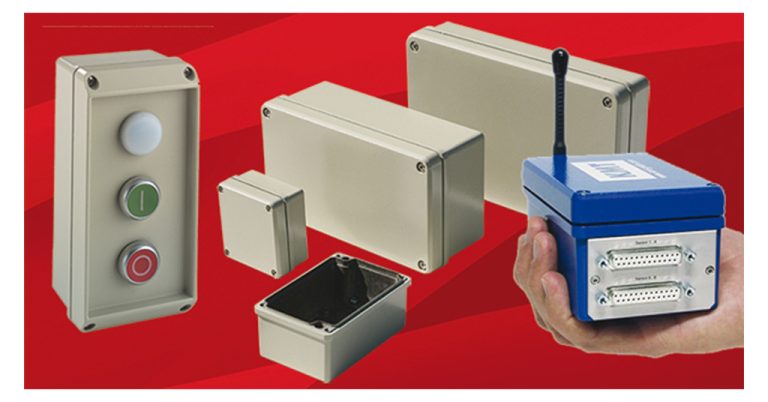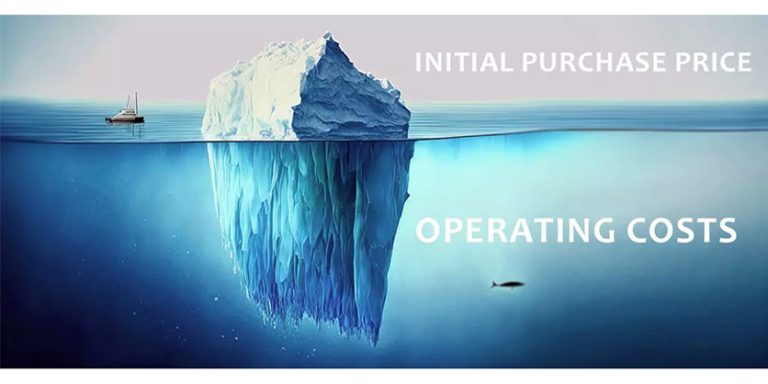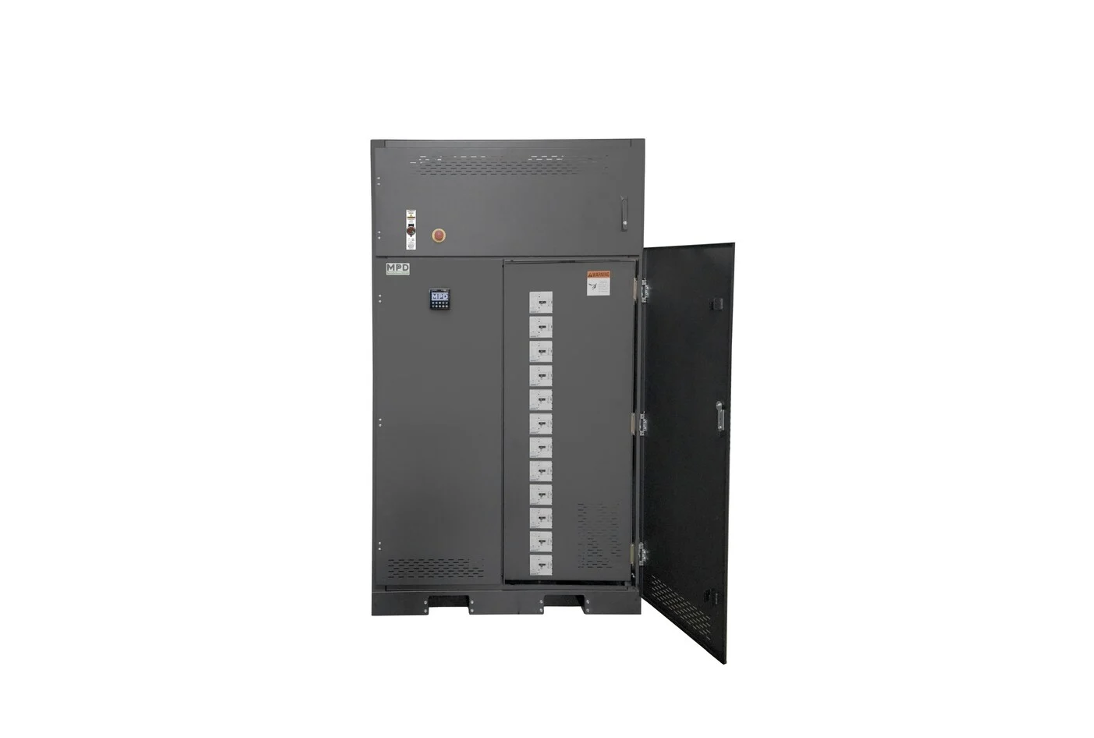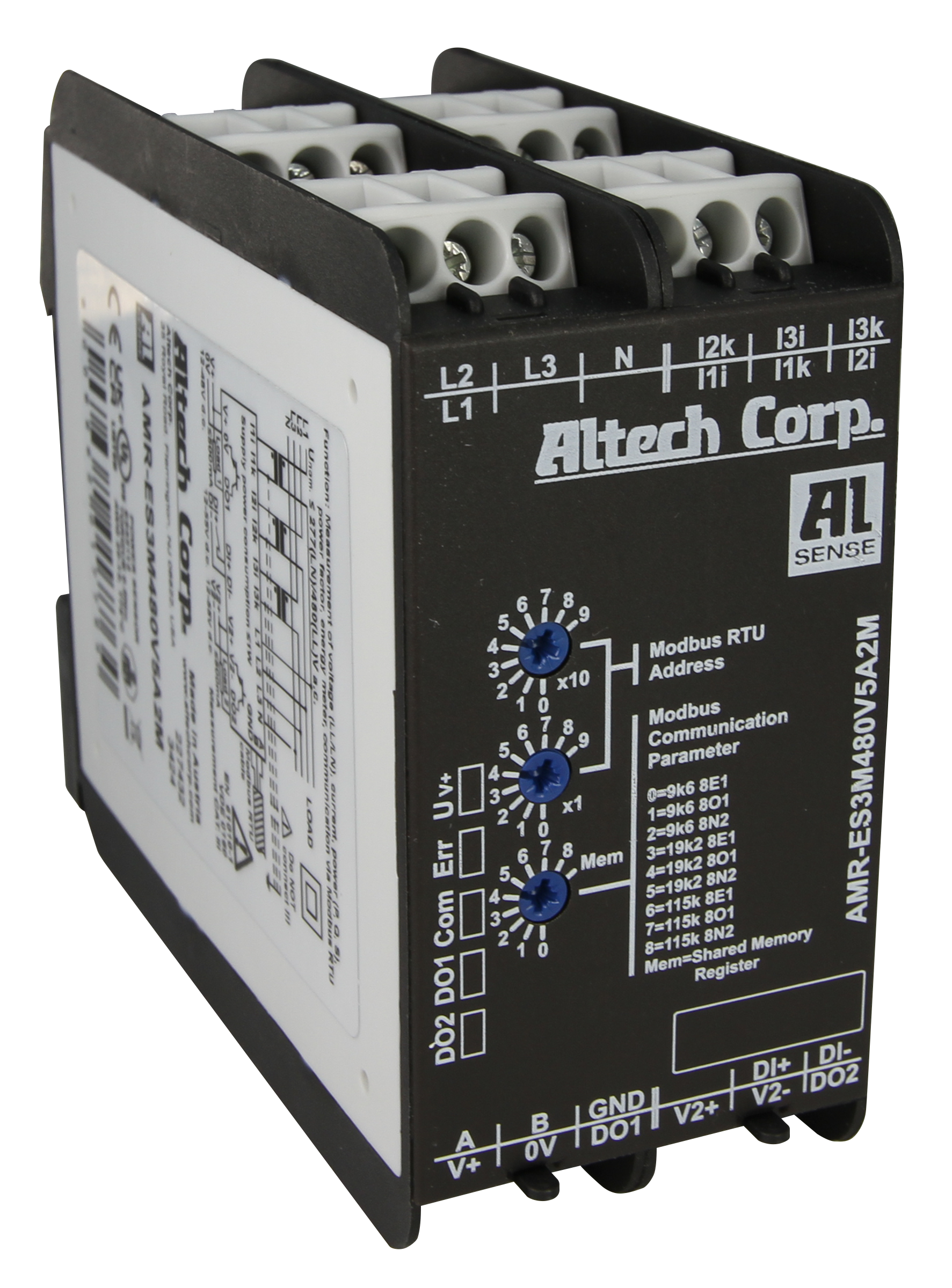How to Choose the Ideal Outdoor Industrial Enclosure for Your Application
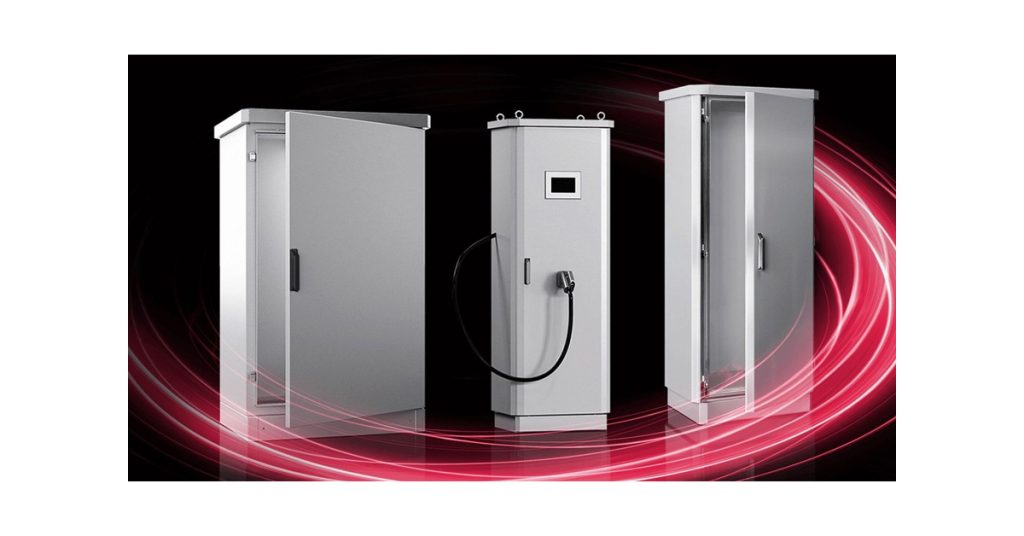
January 24, 2024
The manufacturing industry is continuing to make the move to the great outdoors. During the last few years, the growth of electric vehicle (EV) charging stations in the automotive industry and the rapid expansion of distribution centers in the material handling space have prompted companies to adapt to what outdoor production applications can look like.
What’s more, the diversification of the power & energy industry to include more green energy production in the form of solar, wind, and water is making it more critical for companies to configure and operate industrial automation systems that can operate in challenging outdoor environments.
Industrial enclosures are the backbone of any automation infrastructure. As such, the enclosures automation architects specify for outdoor applications are key in maximizing production uptime, avoiding costly maintenance intervals, and optimizing energy consumption and costs.
Here, let’s look at what designers need to consider when choosing the ideal outdoor industrial enclosure for a variety of applications.
Is your outdoor enclosure designed for a wide range of temperatures?
One of the biggest hurdles in designing an industrial automation infrastructure for outdoor use is temperature, which, compared to indoor manufacturing applications, is much more unpredictable and extreme. An enclosure’s operational efficiency, reliability, and longevity is largely dependent on maintaining optimal temperatures, and the fluctuation in temperature that is part of outdoor manufacturing can significantly hamper the performance and lifespan of an enclosure.
Plus, specifying outdoor industrial enclosures that are not designed for a wide range of temperatures can result in more frequent failures and maintenance cycles. This is particularly important for the construction of a national network of reliable, easy-to-use EV charging stations, or in the case of creating a more sophisticated, robust power grid.
Rittal’s WMW Vented Enclosures, Type 3R utilizes integrated cooling with filters and fans along with innovative coatings on the panels of the enclosures that optimize production in temperatures that range from -22 to +140 degrees Fahrenheit.
What’s more, the WMV is also designed with pre-drilled mounting holes to accommodate a variety of deployment configurations where a unique or unconventional mounting is necessary to maintain a more consistent operating temperature.
Is your outdoor enclosure designed for maximum protection and durability?
The environmental elements associated with outdoor manufacturing are numerous. Wind, rain, humidity, UV exposure, and airborne contaminants like dust can wreak havoc on the performance and efficiency of an outdoor enclosure that lacks the durability and toughness for harsh conditions. Such enclosures are also more susceptible to high degrees of maintenance and are more prone to failures, which of course decreases productivity.
Rittal’s CS Toptec outdoor industrial enclosure utilizes a powder-coated, UV-resistant pure polyester finishing to help ensure the enclosure maintains optimal performance in extreme cases of UV exposure, wind, rain, heat, and a variety of other environmental conditions. An aluminum rain canopy with projection on all sides of the enclosure and fully double-walled doors, side panels, and rear panels offer IP 55 protection for components housed inside the enclosure.
Aside from the CS Toptec, the WMV outdoor enclosure is specifically engineered to provide superior environmental protection and security in the most challenging of applications. The single-door and roof module design help prevent the ingress of harmful particles, and two quarter-turn HD locks provide enhanced security against unauthorized entry to the enclosure.
In addition, a door thickness of 2 mm and 1.5 mm side panels provide increased durability in the face of elements like wind and UV damage, and a fitted seal integrated with the enclosure door takes the NEMA 3R and NEMA 12 protection to the next level in a variety of outdoor manufacturing applications.
Is your outdoor enclosure engineered for simplified configuration and maintenance?
Harsh operating conditions aside, outdoor manufacturing applications often come with unique or unconventional deployment requirements that demand configuration flexibility and simplicity. And because time is money, the ability to quickly configure enclosures in the field without specialized tooling is critical for assemblers and installers to integrate an enclosure into an existing automation system without incurring downtime or gaps in productivity.
This is particularly true in the material handling and power & energy industries, where speed-to-market is a key in acquiring and maintaining market share.
While not necessarily designed as an outdoor industrial enclosure, Rittal’s flagship TS 8 modular enclosure simplifies configuration and maintenance via interchangeable doors, panels, and parts.
The TS 8’s modular design also makes for more flexible, efficient wire configurations, and opportunities for baying on all sides of the enclosure allow for integration into spaces with size limitations. Plus, a carbon steel base and zinc-plated carbon steel mounting panels — not to mention NEMA 4 and IP 66 ratings — make the TS 8 ideal for a variety of outside applications.
The WMV outdoor enclosure can also be quickly and easily accessed via standard tooling in the field without disrupting manufacturing sequences. The modular design of the WMV outdoor enclosure simplifies maintenance via washable filter kits that are easily removed and installed in just a matter of minutes.
The single-door design also streamlines access to the inside of the enclosure, and the simplified design of the hinge and door makes removal and reattachment easily achievable by a single assembler or installer.
With an industrial enclosure specifically designed for the rigors of outdoor manufacturing, companies can optimize their processes for efficiency and performance.


